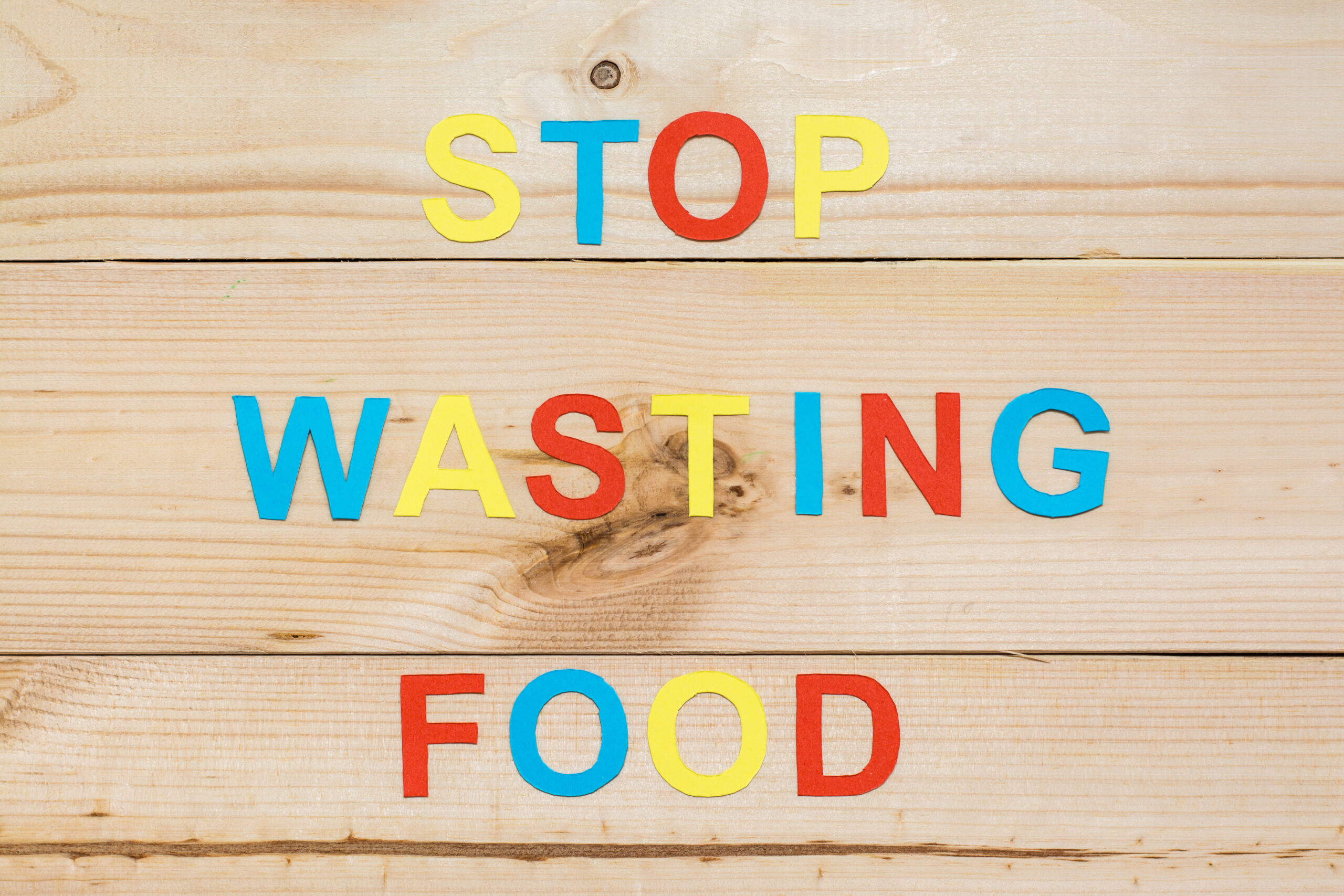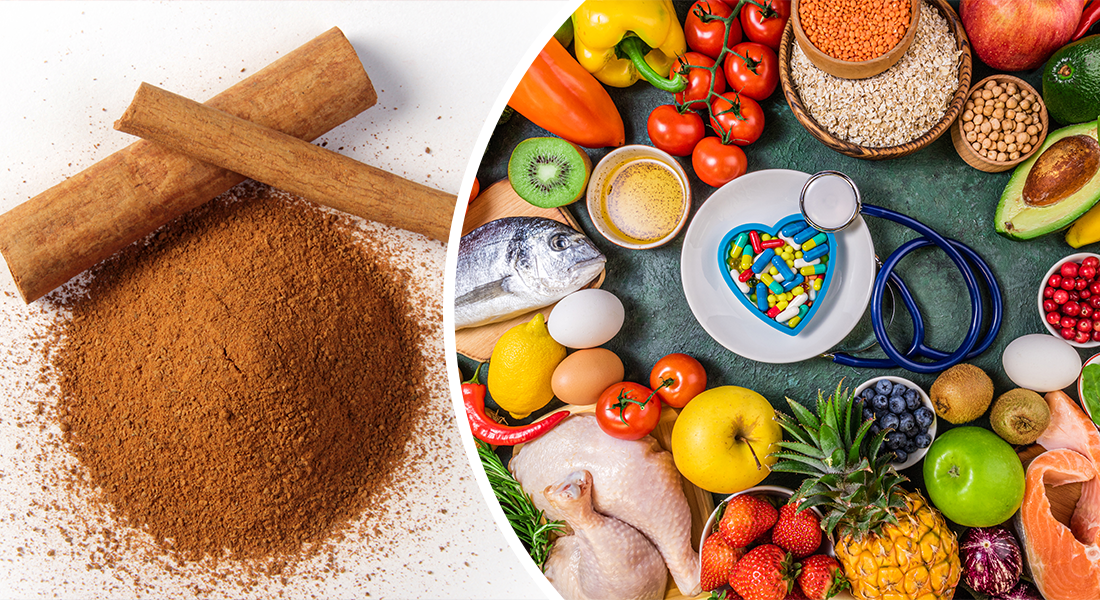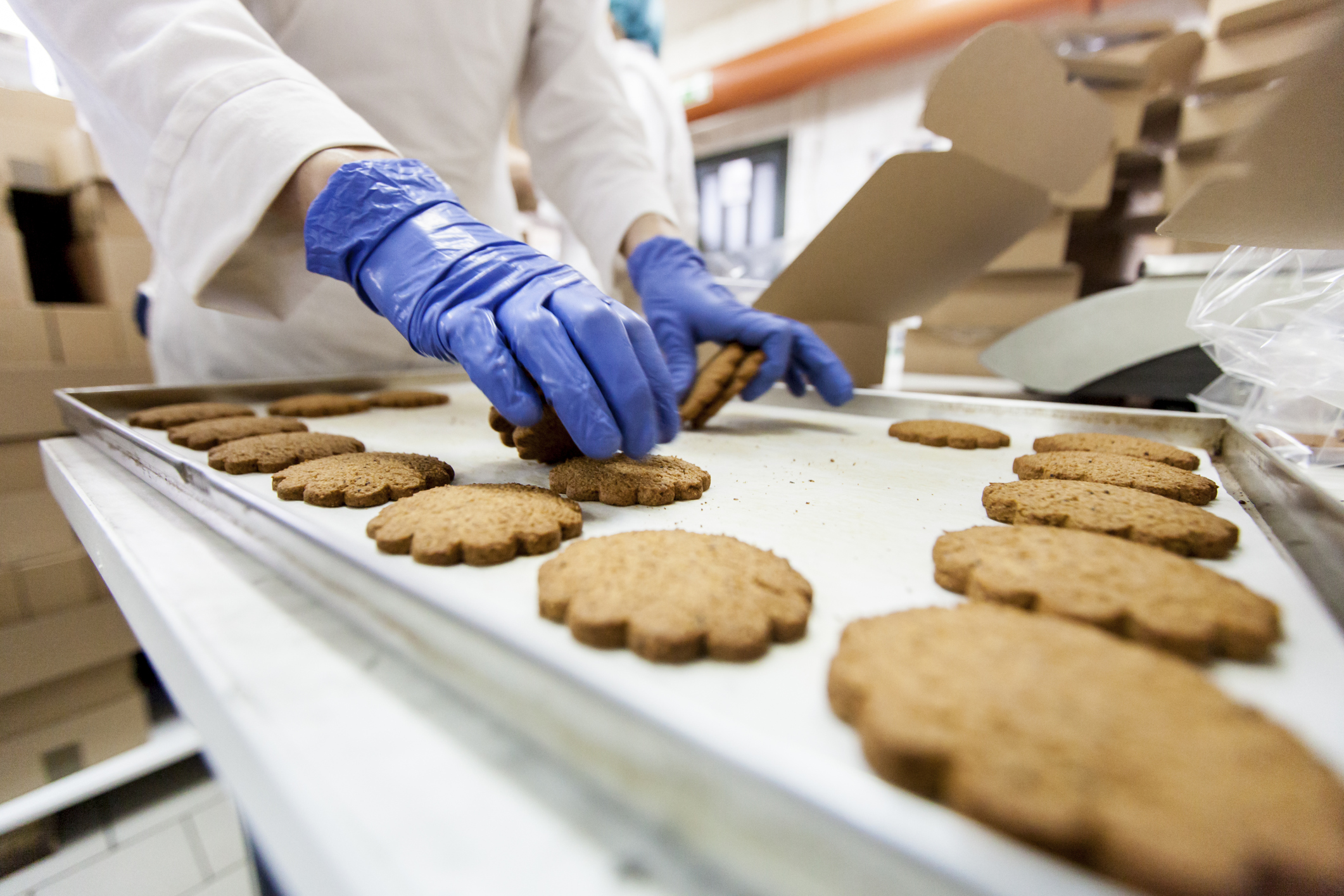With obesity rates at an all-time high, regulatory bodies around the world have been trying to find a way to control the amount of sugar in food and beverage formulations. The UK and Ireland recently imposed a sugar tax that charges beverage manufacturers on excess sugar content in their product formulations. Countries such as South Africa, Mexico, Portugal, France, UAE and certain cities in the US also have some sort of sugar tax in effect. In addition, with the healthy eating trend on the rise, many consumers are actively looking for foods and beverages with little or no sugar content.
This means that it’s time for a change and certain food companies have already started to introduce new low-sugar products. However, there are four distinct challenges that many food and beverage companies face when it comes to producing low-sugar/no-sugar products: taste, flavor, texture and calorie management. This is because consumers want low-sugar/no-sugar foods and beverages but they want these new formulations to have the same sensory qualities as full-sugar products.
In order to achieve optimal sugar reduction without compromising on taste, flavor, texture and calories, food manufacturers can utilize five methods to reformulate their products.
1. Stevia-Based Solutions
Stevia is hailed as the king of natural sweeteners and it has been incorporated into more than 27 percent of all new products launched in 2017. This might be because it can be considered to be a natural, clean label ingredient and is a zero-calorie addition to any food formulation. In addition, the stevia plant has been found to be 30 to 40 times sweeter than sugar itself, allowing manufacturers to add less to achieve the same level of sweetness.
Food manufacturers can easily utilize stevia in their formulations instead of sugar without compromising on the sweet taste of their product. However, stevia does not produce the same texture, mouthfeel and consistency as sugar does so food manufacturers must make up for those lost sensory qualities with additional ingredients. Natural bulking agents such as egg whites, honey, applesauce, fruit puree or yogurt can contribute to the lost sensory qualities in a stevia sweetened formulation. However, manufacturers must be cautious with these bulking agents because they all add to the caloric value of their product.
2. Steviol Glycosides
Though stevia is commonly used as a sugar substitute, it’s notoriously known for its bitter aftertaste, which is a quality that causes many consumers to turn away from purely stevia-sweetened products. However, recent innovations have led to the extraction of steviol glycosides – the chemical compounds of the stevia leaf that contribute to its sweetness. Most food formulations that claim to use stevia as a sweetener utilize the abundant Reb A glycoside because it is easier to source from the plant. However, Reb M and Reb D glycosides have been known to produce a cleaner sweet taste that is comparable to traditional sugar. The reason as to why these two steviol glycosides are not commonly used in food formulations is because they only make up 1 percent of the stevia leaf, which makes it very difficult for food manufacturers to produce a scalable amount of Reb M and Reb D for mass food production.
An innovative development by Cargill led to the production of their new zero-calorie sweetener made from only Reb M and Reb D glycosides. The company has found a way to ferment simple sugars into Reb M and Reb D glycosides, which is a groundbreaking discovery for the food industry. Not only is this new production method able to produce mass quantities of Reb M and Reb D, but it is also a sustainable production technique compared to growing acres of the stevia plant.
Another option for food manufacturers is PureCircle’s new stevia strain, Starleaf, which is said to have 20 percent more Reb D and Reb M glycosides than traditional stevia. The company recently announced that they will be converting 80 percent of their crops to this new strain. In addition, the company claims that they have found a way to produce a sweetener that is “identical” to Reb D and Reb M by using their new Starleaf stevia strain and Reb A as ingredients.
3. Mixing Sugar With Syrups
Sugar contributes significantly to the overall taste and texture of a product, which is why it is not an easy ingredient to replace. Food and beverage manufacturers have the option to reduce the amount of sugar in a formulation by replacing a portion of it with sweeteners.
Popular natural sweeteners include stevia, monk fruit. However, there are glucose-based syrups available for food manufacturers looking for easy sugar reduction in formulations. Ingredient manufacturer, Ingredion, recently released a line of low-sugar glucose syrups, under their brand Versasweet, that allows food manufacturers to reduce the grams of sugar displayed on the Nutrition Facts label of their products. Kerry Foods has a similar solution with their TasteSense product, which is a “sugar enhancer” that allows food manufacturers to reduce up to 30 percent of sugar in their formulations.
4. Porous Sugar
Food giant Nestlé found a way to alter the composition of sugar by only using natural ingredients. This new sugar reduction technology allows food manufacturers to reduce the amount of sugar in their confectionary products by up to 40 percent. The company first used this new technology to reinvent their iconic Milky Bar Wowsomes product to have 30 percent less sugar.
This innovative sugar reduction technology utilizes a mixture of sugar, milk powder and water that is sprayed into warm air to create a porous consistency. This porous sugar allows food manufacturers to use less sugar in their confectionary formulations without the risk of producing an unpleasant taste or texture.
5. Sensory Tricks
Another method that food companies can use to make their reduced-sugar products more appealing to consumers is sensory technology. Swedish sugar reduction company, Bayn, recently came out with electronic sensory (e-sensory) technology that can analyze the aroma of reduced-sugar products to determine how food companies can mimic the taste of full-sugar products. By using gas chromatography, the e-sensory technology builds a database of molecule aroma profiles. Food companies can then compare the molecule aroma profiles of their reduced sugar products with their full-sugar counterparts to determine what ingredients are needed to mimic the aroma of full sugar products.
This technology has a lot of potential in the reduced-sugar foods market because sensory properties have been found to have a significant effect on the overall taste of a product. According to the National Center for Biotechnology Information ( ), taste is directly affected by multiple senses, including scent, sight, texture and temperature. In fact, the organization claims that the flavor of a food item is only formed in the mind of a consumer after they taste the product on their tongue and smell it.
Food manufacturers are recommended to consider their end goal prior to establishing their sugar-reduction practices. First, food companies must find out if their goal is either sugar-reduction itself or calorie reduction. If calorie reduction is the main goal then food companies can make use of stevia as their primary sugar alternative along with sensory tricks and a natural low-calorie bulking agent such as egg whites. On the other hand, if companies are primarily aiming for sugar-reduction itself, they are recommended to use glucose syrups, porous sugar or stevia with sweet bulking agents such as applesauce, low glucose syrups or porous sugar.
With sugar-reduction rapidly becoming a top concern in the food industry, food companies are encouraged to invest in sugar-reduction processes and technology. According to research by Technavio, the global sugar-free food and beverages market size is forecasted to grow to a value of $72.37 billion by 2021, which is a CAGR of about 7 percent throughout this period. With such promising results, major food companies are likely to introduce new and innovative reduced-sugar products in the coming years.
Learn more about sugar-reduction in the beverage industry and different methods to accomplish it by watching: Sugar Reduction in Beverages – 4 Key Challenges and How to Tackle Them.












Join or login to leave a comment
JOIN LOGIN